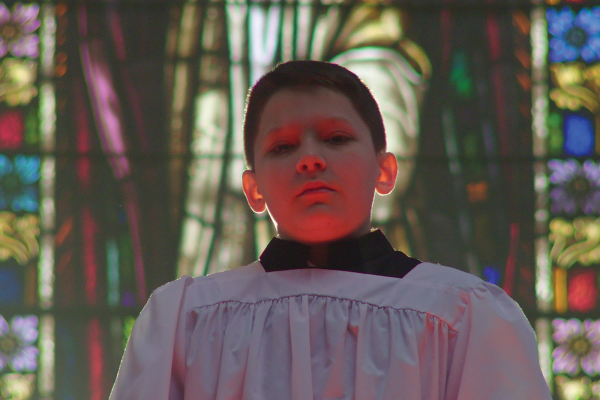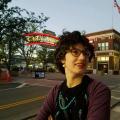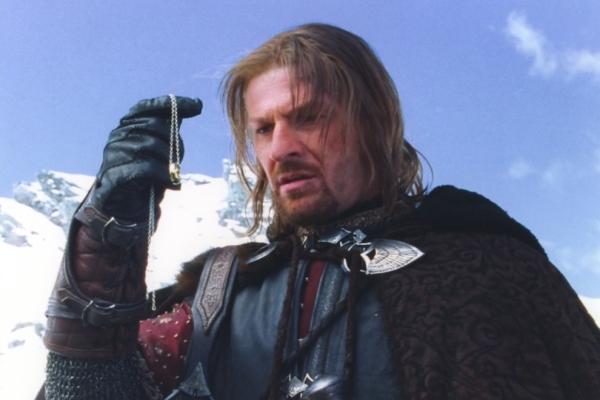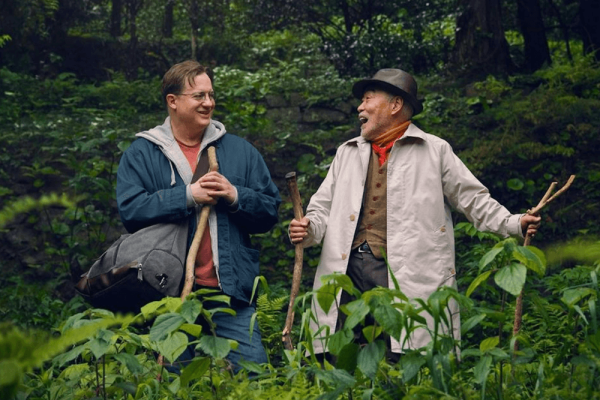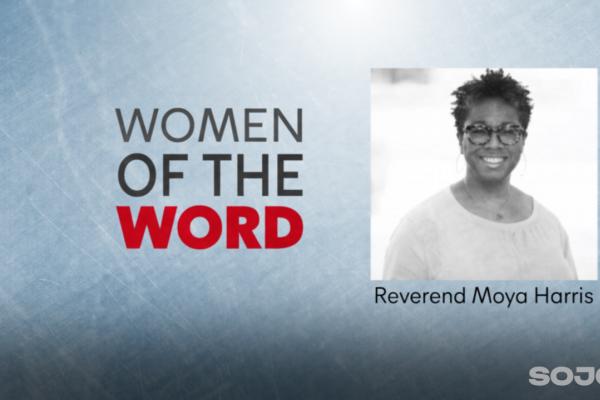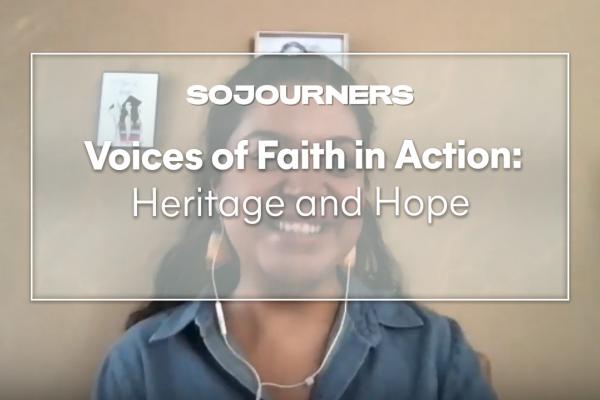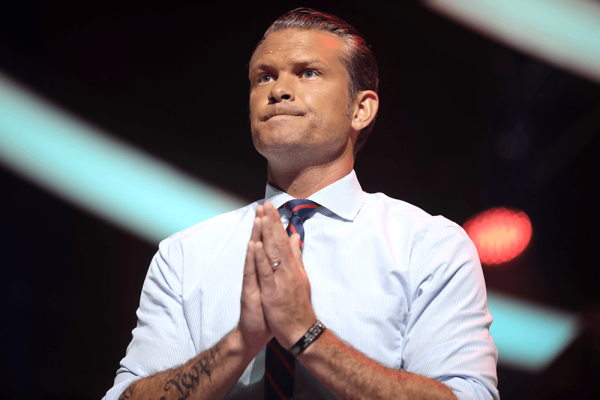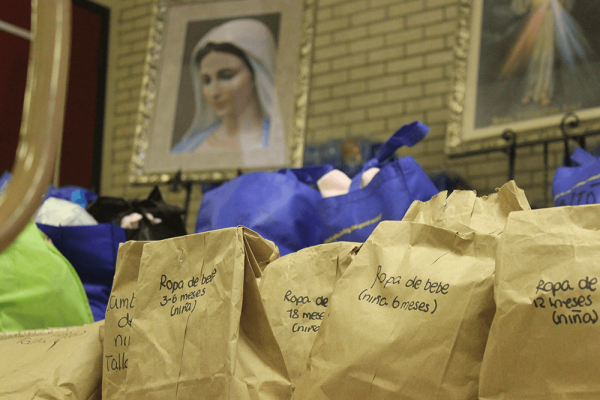IN WHISTLING IN the Dark: A Doubter’s Dictionary, Frederick Buechner writes of the power of art, “If we are to love our neighbors, before doing anything else we must see our neighbors. With our imagination as well as our eyes ... like artists, we must see not just their faces but the life behind and within their faces.” All art can be a sacred space to share an artist’s experiences and needs. At its very best, it can generate empathy and healing.
In the new Netflix documentary Procession, filmmaker Robert Greene works with adult survivors of sexual abuse by Catholic priests, as well as trauma-trained advocates and therapists. The six men featured in the film collaboratively create dramatic scenes to process physical, emotional, and spiritual traumas. Their journey highlights the value of supportive communities, and the restorative potential of creative expression.
Though directed by Greene, Procession is credited as “a film by” everyone involved. Top billing goes to the men whose stories the film highlights: Joe Eldred, Mike Foreman, Ed Gavagan, Dan Laurine, Michael Sandridge, and Tom Viviano. While Greene may be the one behind the camera, ownership of the film belongs to the subjects.
There’s never a question about the ethical implications of this project. It is evident that great care was taken. We witness these men’s courage as they work through their traumas together. In some cases, the men revisit the site of their assault for the sake of closure. In others, there are honest conversations about the injustices visited on these men by the Catholic Church and their long-term effects.
In the film’s most stunning act, three of the survivors willingly don vestments to portray abusive clergy in scenes staged by the other men. These moments reclaim the symbolic power of items associated with harm, but also highlight incredible selflessness. When asked why he’s taken on the role of a priest for Gavagan’s scene, Sandridge responds “Because Ed asked me to.” Sandridge knows this will help his friend, and that he’s strong enough to take on that duty.
Procession provides a carefully constructed platform for these men to express their fears, pain, and reactions to what was done to them. This is art that invites us, as Buechner says, to see the lives behind our neighbors’ faces. How might we listen to those who have been harmed, lament together, and create communities that help us move forward in love?
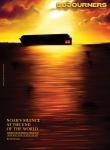
Got something to say about what you're reading? We value your feedback!
